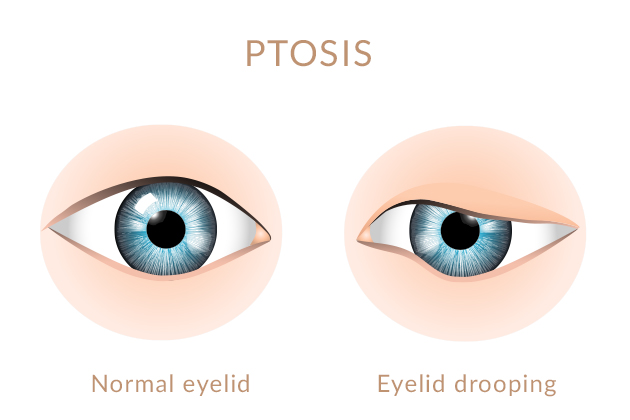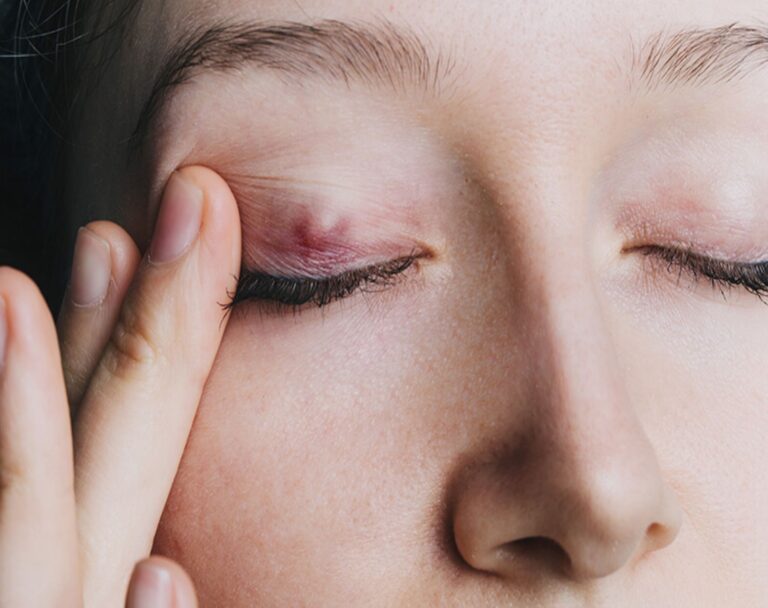Oculoplasty
Oculoplasty, or oculoplastic surgery, involves medical and surgical treatment for deformities and abnormalities of the eyelids, lacrimal (tear) system, orbit (bony cavity around the eye), and the adjacent face.

Oculoplasty

What Conditions May Require Oculoplasty?
Also known as oculoplastics, surgical procedures may be conducted for the eye socket, eyelids, tear ducts, and parts of the face. Conditions that may require oculoplasty surgery include:
Ptosis: Also known as blepharoptosis, it is drooping of the upper lid. It could be congenital or appear later in life.
Orbital fractures: Problems in the orbit of the eye or the eye socket may arise when there is a break in one of the bones surrounding the eyeball. This may happen due to an injury when something hits the eye very hard. A fracture may cause double vision and a sunken small appearance of the eye.
Eyelid retraction: Eyelid retraction is the displacement of the upper eyelid superiorly or the lower eyelid inferiorly. It occurs from an increase in retractor force, as well as from scarring or other mechanical forces.
Blepharochalasis: Blepharochalasis or blepharochalasis syndrome is a condition of episodic inflammation of the eyelids, especially seen in younger people. Excess fat may gather above and below the eyelids, causing sagging eyebrows and droopy upper lids. The lower eyelids are usually not affected.
Ocular Tumours: The surgery may be required when there is a tumour in the eye (ocular tumour). Tumours are collections of cells that grow and multiply abnormally and form masses.
Eyelids turning in or out (Entropion/Ectropion): When the eyelid is turned inward (inverted) causing the eyelashes to rub against the eyeball, the condition is called entropion. When the eyelid is turned outward (everted) so that its edge does not touch the eyeball, it is referred to as ectropion.
Socket Reconstruction: This is not a condition per se, but the surgery is done before performing customised ocular prosthesis on a patient. Ocular prosthesis is the process of giving someone a prosthetic eye, or an artificial replacement for an eyeball. A prosthetic eye is a common option for someone who has lost an eye. The surgery involves natural eye removal and ocular implantation.
Types of Oculoplastic Procedures
- Eyelid Surgery: Eyelid surgery, also known as blepharoplasty, is perhaps the most common type of oculoplastic procedure. It involves the removal of excess skin, fat, or muscle from the eyelids to correct drooping lids and puffy bags.
- Tear Duct Surgery: When tear ducts are blocked or damaged, it can cause chronic tearing or infections. Tear duct surgery, such as dacryocystorhinostomy (DCR), aims to create a new drainage pathway for tears to alleviate these issues.
- Orbital Surgery: Orbital surgery deals with problems within the eye socket, or orbit. This can include the removal of tumors, treatment of fractures, or reconstruction following trauma.
- Cosmetic Oculoplasty: Cosmetic oculoplasty focuses on enhancing the appearance of the eyes and surrounding areas. This can range from eyelid lifts to brow lifts and even procedures to reduce wrinkles and fine lines around the eyes.
Eyelid Lesions
There are many different types of eyelid lesions. The most common ones include skin tags, cysts and chalazions (commonly known as styes).
Chalazions are clogged oil glands in the eyelid and tend to resolve with time and warm compresses. If they do not resolve, they can be removed surgically and/or with steroid injections
Chalazion
A chalazion is a red bump on your eyelid. It’s sometimes called an eyelid cyst or a meibomian cyst. It slowly forms when an oil gland (called a meibomian gland) becomes blocked. At first, the chalazion may be painful, but after a little time, it usually doesn’t hurt. A chalazion typically forms on the underside of your upper eyelid but may occasionally form on your lower eyelid.
Chalazion vs. stye — what’s the difference?
It can be hard to tell the difference between a chalazion and a stye. A chalazion can form because of a stye, but they’re different conditions. While they both form due to blocked oil glands, styes are bacterial infections that cause the gland to swell. Styes appear at your eyelid’s edge, whereas chalazia appear farther back on your eyelid. In addition, styes can be painful, but chalazia generally aren’t painful.
Chalazion Treatment
First, never push on a chalazion or try to pop it. You can cause inflammation and infection. Seek professional help.
Warm compresses: Wet a clean washcloth with warm water. Hold it on the affected eye for 15 minutes. Do this at least three times a day to help the blocked oil gland open up.
Good hygiene: Don’t wear eye makeup while you have a chalazion. After the chalazion drains, keep the area clean. Follow good eye health practices, and avoid touching your eyes. If the chalazion doesn’t go away, you should seek help from an eye care specialist.
Chalazion surgery
For a person with a severe or persistent chalazion, a doctor may recommend surgery to drain it. This typically takes place using local anesthesia. They will lance the lump to remove the fluid and allow the eyelid to heal. Do not try to do this at home.
Chalazia can sometimes recur. If this happens often, the doctor may need to take a biopsy of the lump. A biopsy involves removing a small tissue sample, which the doctor will examine for signs of a more serious condition.

Usefull Links
Information
Monday to Saturday
Morning: 11:00 am to 2:00 pm
Evening 7:00 pm- 9:00 pm
Sunday Closed

